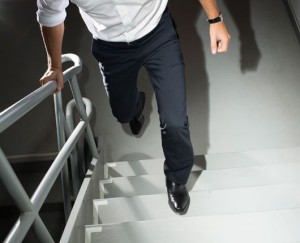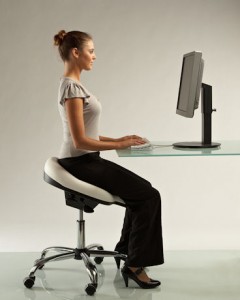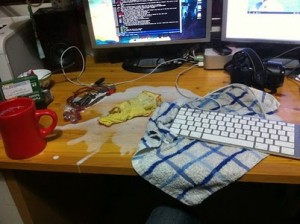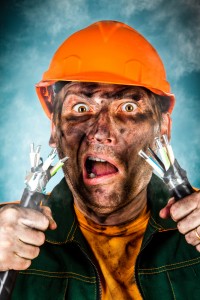Office Energy Boosters for an Effective Work Day Working at the office all day can be tough when you feel the afternoon slump. You will feel sleepy and your brain will not function actively. It is the main reason why employees take coffee breaks. When you are sleepy, there is a high risk for accident. In order to keep work safety at the office, fight the afternoon slump the right way. Move to stimulate blood circulation Simple stretching and breathing exercises can help stimulate oxygen and blood circulation in the body. Doing it for 5 minutes per hour can make a difference in your physical and mental activity. You can even do them while working. Here are things that you can do:
- If you have a staircase at the office, go up and down the stairs until you feel your heart pump faster.
- Do quick and simple jumping jacks. If you are wearing high-heels take them off or change into flats to avoid injury or accident.
- Seek relief from stress with your favorite stress ball bought from Amazon with Amazon Coupon Codes 2014. You will be strengthening your wrists and forearms in the process.
Have a snack to re-fuel body’s energy Loss of energy is another cause for afternoon slump. So pack energy-boosting foods for the office that you can snack on to re-charge energy. Avoiding too many carbohydrates that can lead to sleepiness can also be helpful. Some snacks that you can try are:
- Mix of dried nuts and fruits which have protein and fat that can give sustained energy because they are slow to burn.
- Bring microwaveable popcorn to the office if you have a microwave there. Popcorn can give you lots of fiber and volume from a whole grain. Opt for low fat to avoid excess calories.
![popcorn[1]](http://www.blog4safety.com/wp-content/uploads/2014/10/popcorn1-300x199.jpg)
- Have a drink to refresh your mind Too much caffeinated drinks can cause hyperacidity. There are other healthier drinks that can give you a boost of energy to make you work effectively. Use your Amazon Coupon Codes 2014 when buying them online to get big savings on your purchases.
- Take green drinks. These are the new craze in the healthy, energy-boosting drink with ingredients of sprouts, low-sugar fruits, herbs, green grasses, and green vegetables. They are being sold in capsule or powder form. Drinking green drinks can provide you with vitamins, amino acids, and minerals and reduce acidic waste in the body.
- Prepare a concoction of bee pollen powder, ginseng, and honey. The honey and ginseng are recognized energy boosters while the bee pollen has essential fatty acids and amino acids.
Author Bio: Linda is a freelance writer and college English teacher. She writes on saving money and healthy, and more. For more of her helpful blog posts, please go to Amazon promo code or Coupon4share.com to see useful tips on various topics







